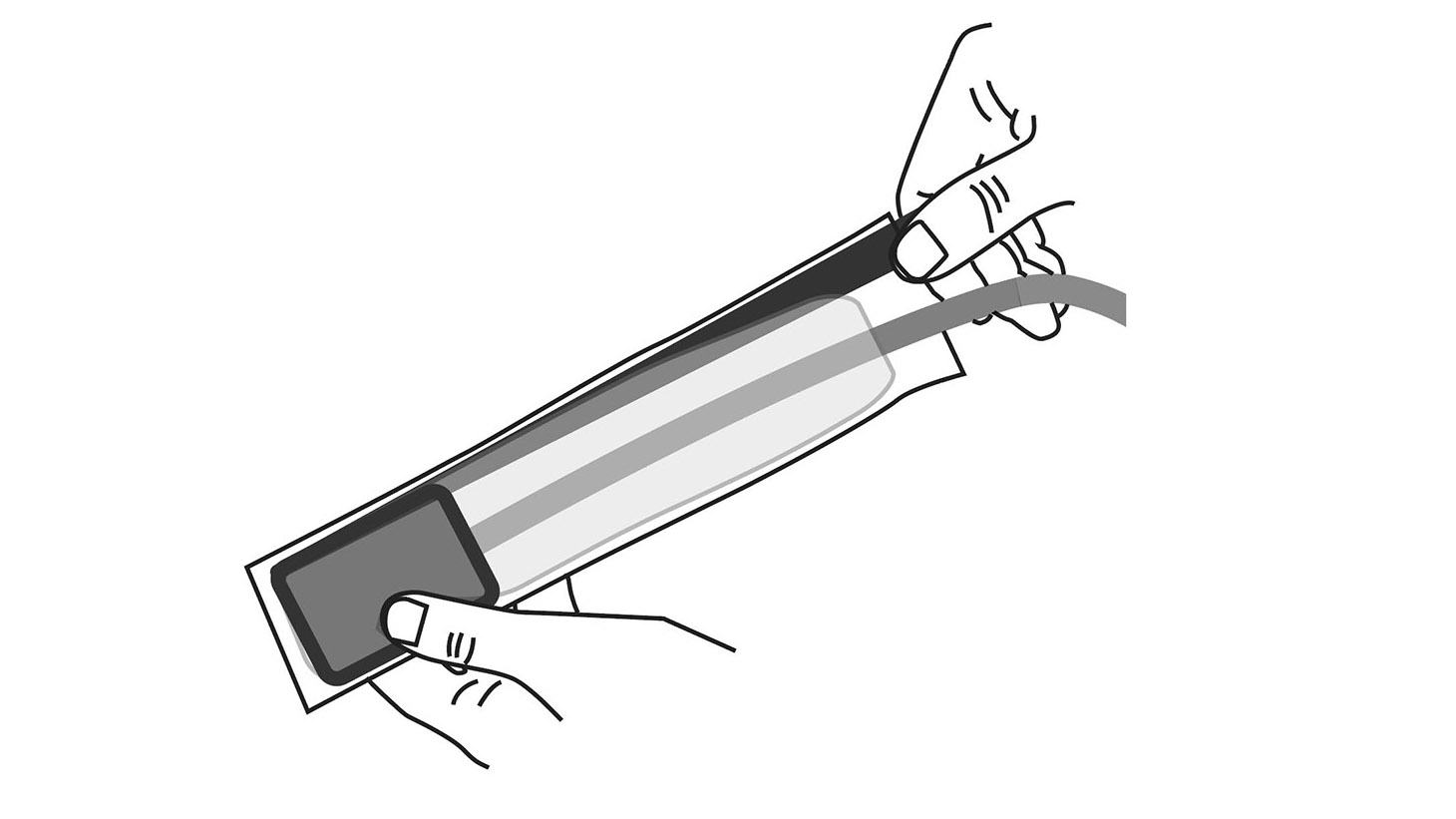When you purchase through links on our site, we may earn an affiliate commission. Here’s how it works.
Lead aprons were designed to protect reproductive organs from radiation. But are they actually necessary? Eight Teeth

Donning a shapeless lead apron may feel like a routine part of getting an X-ray. In theory, this heavy blanket is supposed to protect the body, particularly the reproductive organs, from radiation. But is it really necessary?
Probably not, for two main reasons, experts told Live Science. First, the radiation dose from a typical X-ray is nominal and unlikely to cause harm. Second, because X-ray radiation exposure levels are low, whatever minor reduction the lead apron provides is minimal and has no meaningful impact. For these reasons, several medical organizations now recommend against radiation shielding for most patients, and hospitals are gradually phasing lead aprons out of their radiology departments.
"The use of lead shielding for patients during their imaging procedure, particularly in relation to shielding of reproductive organs, does not appear to be effective for reducing the adverse effects of radiation," said Stephen Graves, an assistant professor of radiology at the University of Iowa Carver College of Medicine. (The University of Iowa stopped using lead aprons in the summer of 2022.)
"For something like a dental X-ray or chest X-ray, the radiation exposure to reproductive organs is similar to what an individual receives through normal background radiation exposure from geological and cosmic sources," Graves told Live Science in an email. (According to Graves, typical medical X-rays deliver radiation doses similar to those you'd experience on a trans-Atlantic flight due to cosmic radiation.)
In fact, in addition to lacking clear benefits, lead aprons could actually have downsides. "The use of lead shielding can occasionally obscure the patient anatomy being examined in diagnostic images, requiring the procedure to be repeated, effectively doubling the radiation exposure," Graves said.
Related: How radioactive is the human body?
Lead has a high density that is very hard for radiation to penetrate. As such, lead aprons were once a staple of radiology, as they were thought to protect sperm, eggs and fetuses from radiation-induced genetic mutations — a concern that led to federal regulations and an increased demand for such radiation shields. However, there's scant scientific evidence to support this practice.
Get the world’s most fascinating discoveries delivered straight to your inbox.
First, no research has demonstrated that radiation exposure can damage reproductive cells in ways that would lead to birth defects or other poor pregnancy outcomes. Even progeny studies of atomic bomb survivors whose reproductive organs were exposed to an atomic bomb explosion came up empty, casting doubt on the claim that gonads require special protection during X-rays.
As for the risk to fetuses, the American College of Obstetricians and Gynecologists' guidelines state: "With few exceptions, radiation exposure through radiography, computed tomography [CT] scan, or nuclear medicine imaging techniques is at a dose much lower than the exposure associated with fetal harm."

Sensor Periapical Digital And then there were the lead aprons themselves, which studies found to be ineffective at meaningfully reducing X-ray exposure (and, as Graves mentioned, could occasionally obscure the images and necessitate additional X-rays). Still, it wasn't until 2019 that these observations culminated in a landmark